Continuing innovations keep Boise State at the top of mind for hospitals and health systems seeking skilled professionals
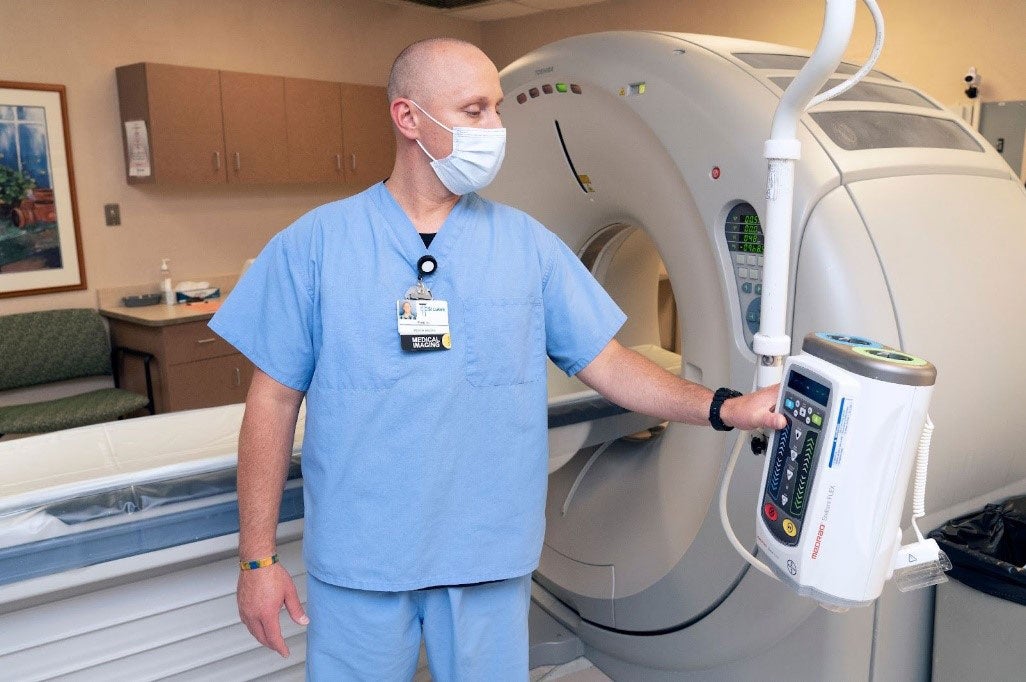
There is virtually no such thing as an unemployed, Boise State educated, credentialed radiologic sciences professional.
Leslie Kendrick, who chairs the Department of Radiologic Sciences within the College of Health Sciences’ School of Allied Health Sciences and serves as program director of the bachelor of science in imaging sciences, and the department team are hard-pressed to keep up with the demand for these highly sought-after specialists.
All of which is why the Idaho State Board of Education’s decision in April to approve a new degree, broadening the educational options for students seeking skills in the field of medical imaging, is critical to keeping up with the need.
Imaging technologists are the health care professionals responsible for creating medical images, including but not limited to X-rays, upon which diagnoses and treatments are based. It is critical and challenging work – and the many areas of emphasis and the variety of work within the field are not well understood.
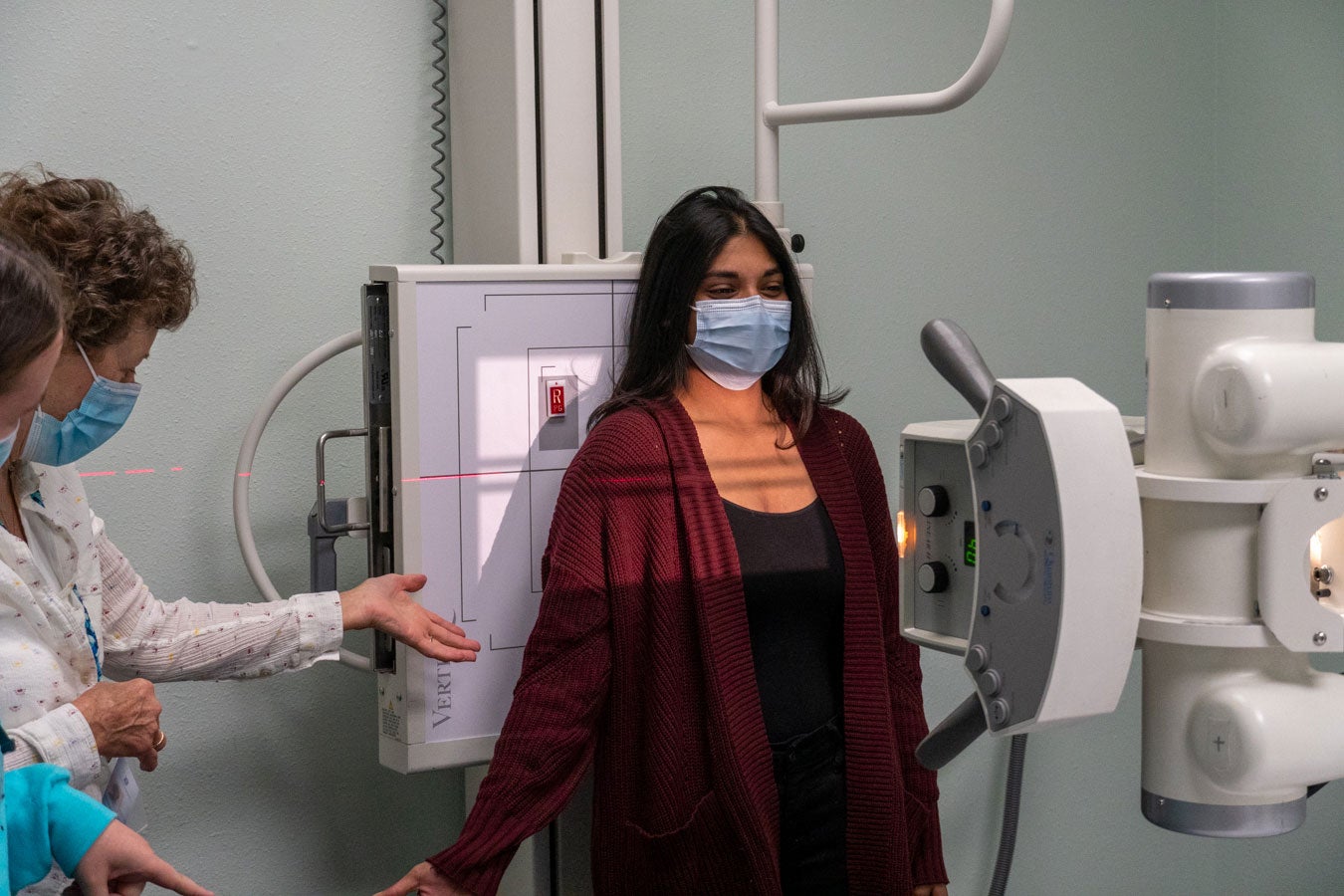
Attaining the skill level required for excellence in the field is intensive; much of the study and practice is one-on-one, student to instructor. And because every person’s anatomy is different, even if the textbooks would have you believe a kidney is a kidney is a kidney, for example, little of this practice can be simulated. Students must be placed with patients in care settings.
Given the intense nature of the education, the numbers of students taking part in the Boise State radiologic sciences programs at any one time are fairly limited. During the pandemic, as employees were sent home to work anywhere, and residents flooded into the Boise State service area at the same time that hospitals and health systems were tightly regulating the numbers of people coming through their locations, the need for imaging technologists skyrocketed.
Local health care systems, including Saint Alphonsus, St. Luke’s, Saltzer Health, Primary Health and others, have tried to accommodate the exploding population numbers, but Kendrick and her team can’t necessarily keep up with the demand for imaging technologists, and there is no indication that the imbalance between the numbers of practitioners and the appetite to hire these professionals will level out any time soon.
“We were meeting the employment demand up until probably 2016, when the population boom really started hitting the Treasure Valley,” Kendrick said, noting that one local provider essentially told her they would “take all 30” incoming diagnostic radiology students for positions. “Everyone is working hard to meet this population explosion,” she said, “but despite our growth and the growth of the hospital systems, we have not been able to increase the student numbers enough, due to restrictions on clinical placements.”
The team has gotten creative, working with the hospitals and care settings to ensure students get the hours needed for training and certification, scheduling weekend and evening hours when necessary and expanding acceptance to the diagnostic radiology program from 24 students each year to 32. Current demand is for more like 50 to 60, Kendrick noted, adding that some of the partner organizations would “reserve” all the students for hire if they could and that most, if not all, have guaranteed jobs before they graduate.
Pandemic disruption and change
As was the case for medical professionals across areas of specialty, the pandemic has disrupted work rhythms for the Boise State grads in the field.
“The pandemic has created very long and stressful work hours,” Kendrick said, adding that imaging technologists were not immune to the on-the-job risks of COVID-19. Further, some companies and organizations shut down clinics, consolidated imaging services and/or added to their traveler rosters, further complicating work for those permanently employed within hospitals and clinics.
“Folks have left local institutions in masses to become travel technologists,” she said.
Challenges aside, Kendrick, who is herself a graduate of the Boise State programs and worked in the field for years, would be the first to say it’s an exciting and interesting line of work.
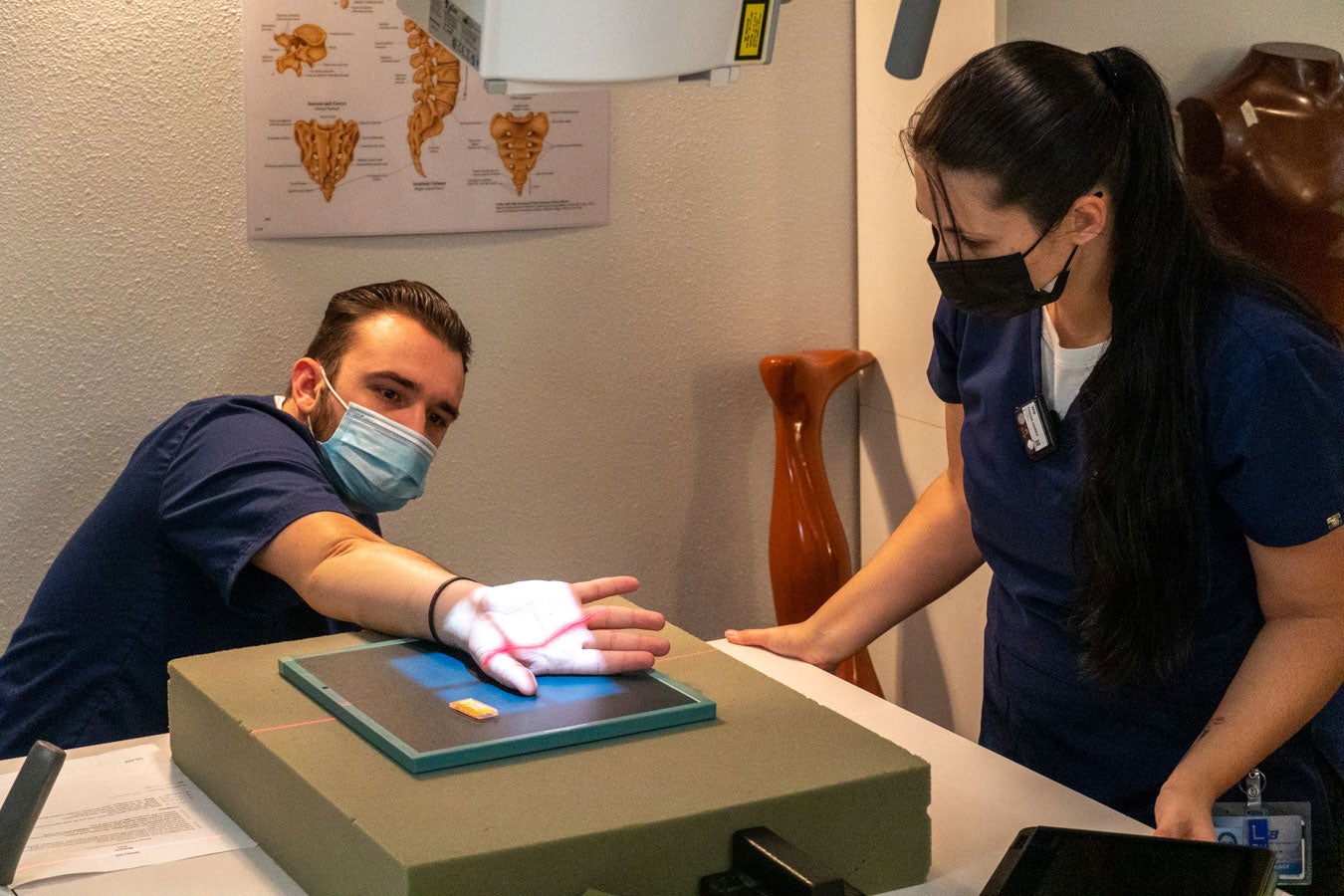
It is also exacting. Much of the equipment used for diagnostic procedures produces radiation, a known carcinogen, and there are significant risks to misuse. Magnetic resonance imaging, MRI, carries its own set of risks, involving as it does very strong magnets that can pose the risk of burns and bodily trauma.
Some of the methods used for diagnostic imagery, Kendrick points out, can also either hide or create disease if produced improperly.
These fields, she notes, tend to attract people who want to be care providers and may start their educations thinking they want to be physicians or nurses, not aware of these varied, challenging and rewarding career pathways.
Students drawn by the physics and science aspects of their studies, but who also like the idea of care and patient interaction, often end up in these programs. Kendrick notes that the jobs are physically demanding, with a great deal of variety and intellectual stimulation within the work day.
“I think that is what creates such a draw to this profession,” she said. “Your job is never boring.”
Kendrick goes on to explain that because credentialed professionals can move between and among specialties and settings – the work is needed everywhere from the ambulatory clinic to the emergency department, from women’s services to pediatric care – radiologic technologists tend to have long careers.
“There’s so much variety,” she said. “Once you enter the field, you rarely leave.”
Top notch education
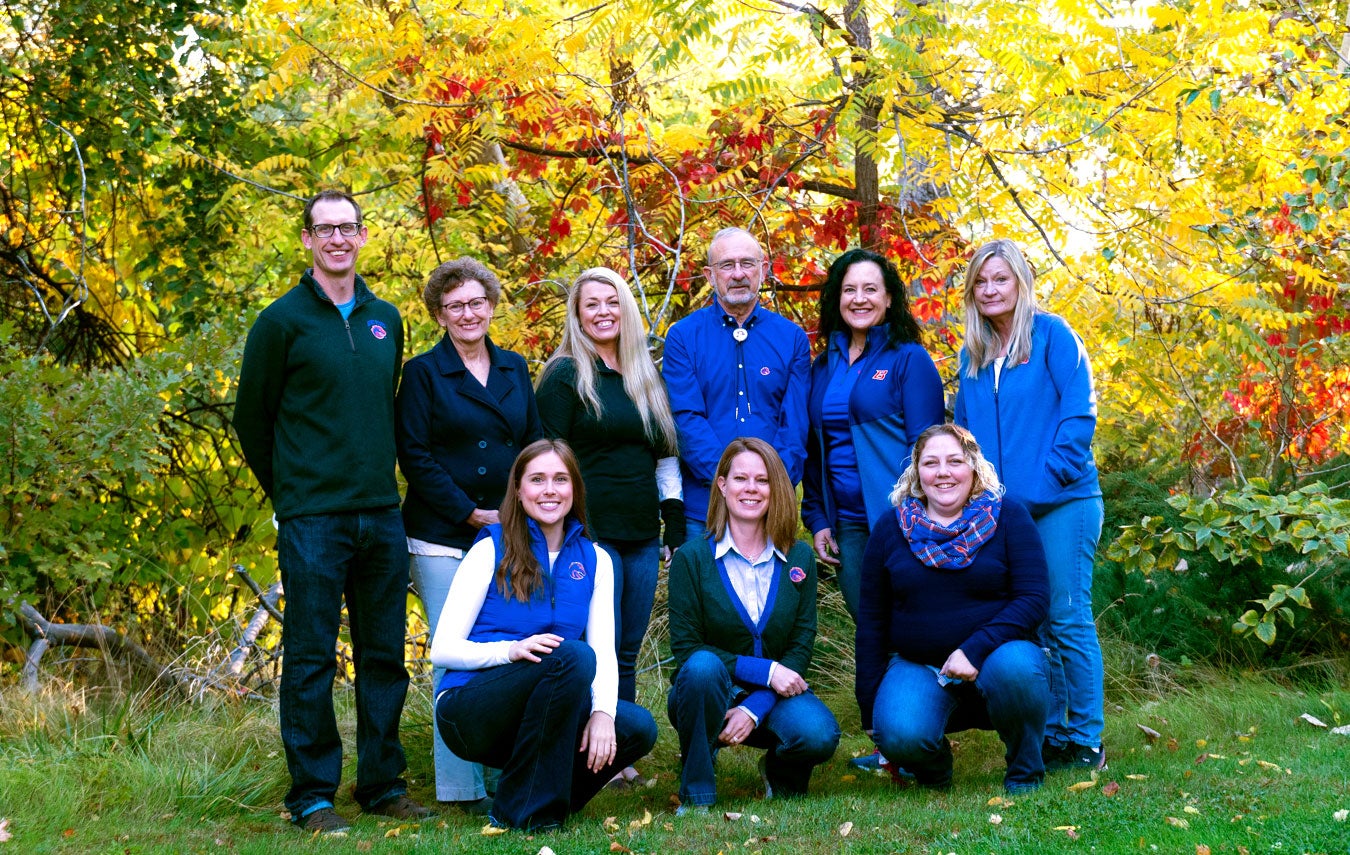
Boise State has been particularly successful with its radiologic sciences programs. The College of Health Sciences and its faculty are known for a high level of engagement with students and care for their success. They work hard to assist those entering the program to successfully finish.
“We have a very high retention rate,” she said. “Faculty are very invested in student success. Student success equates to a high-quality reputation for both students and our programs.”
Where possible, given the constraints driven by credentialing processes, the department has made online learning available and builds those programs out, constantly assessing new ways to deliver meaningful educational experiences.
“We’re always evaluating how to effectively use the latest advancements in educational technology,” she said.
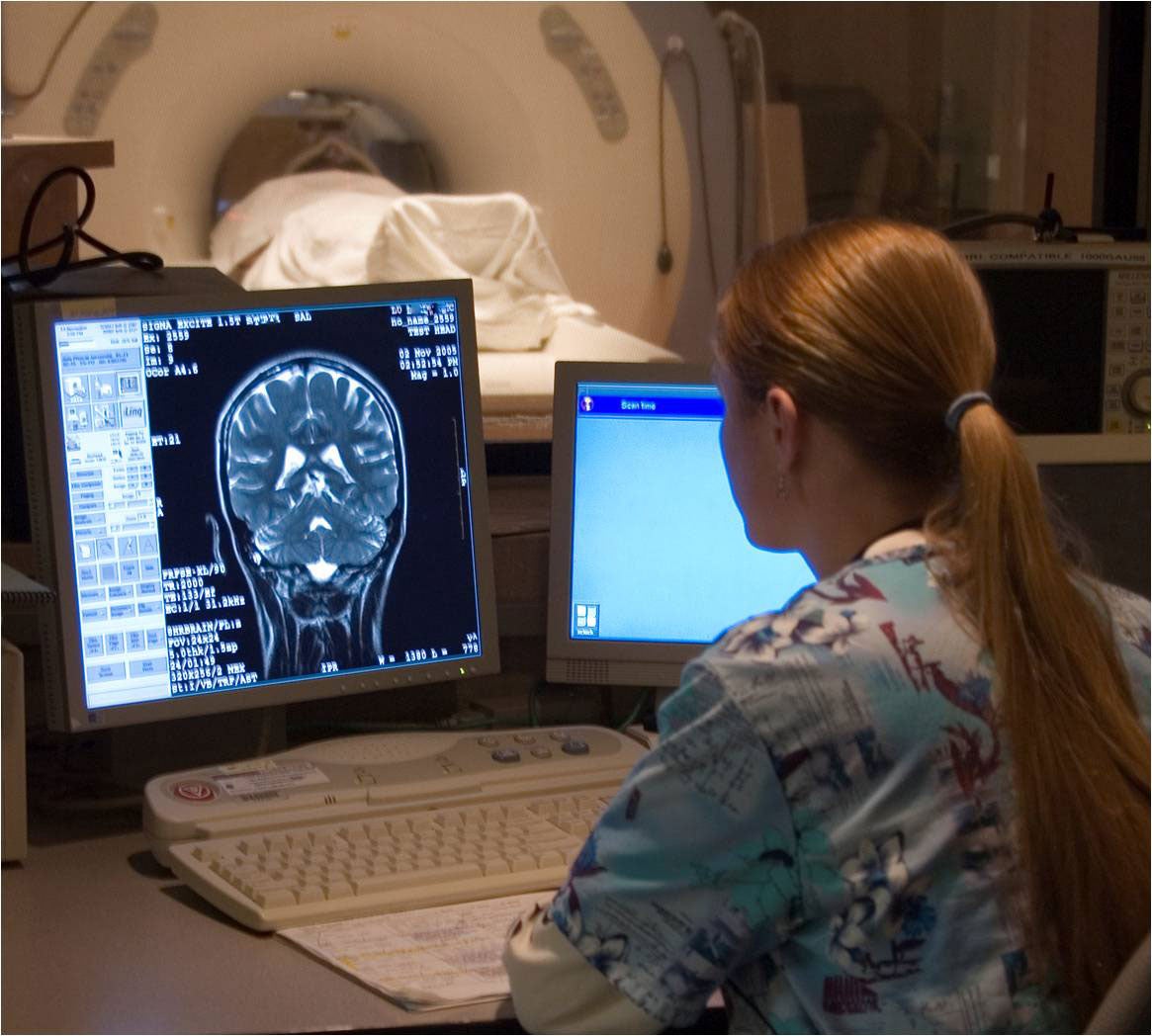
Given the numbers game, the exacting nature of the education and the resources required to turn out successful, top-quality professionals, Kendrick and the team recognize that they are meeting a vital need. While there are hundreds of radiography programs across the country, there are far fewer educational opportunities for those wishing to expand their careers into advancing imaging modalities.
“The reason for our advanced medical imaging program is to offer those educational experiences that seem to be dwindling in number for students. There’s such an immense need.”
Programs at a glance
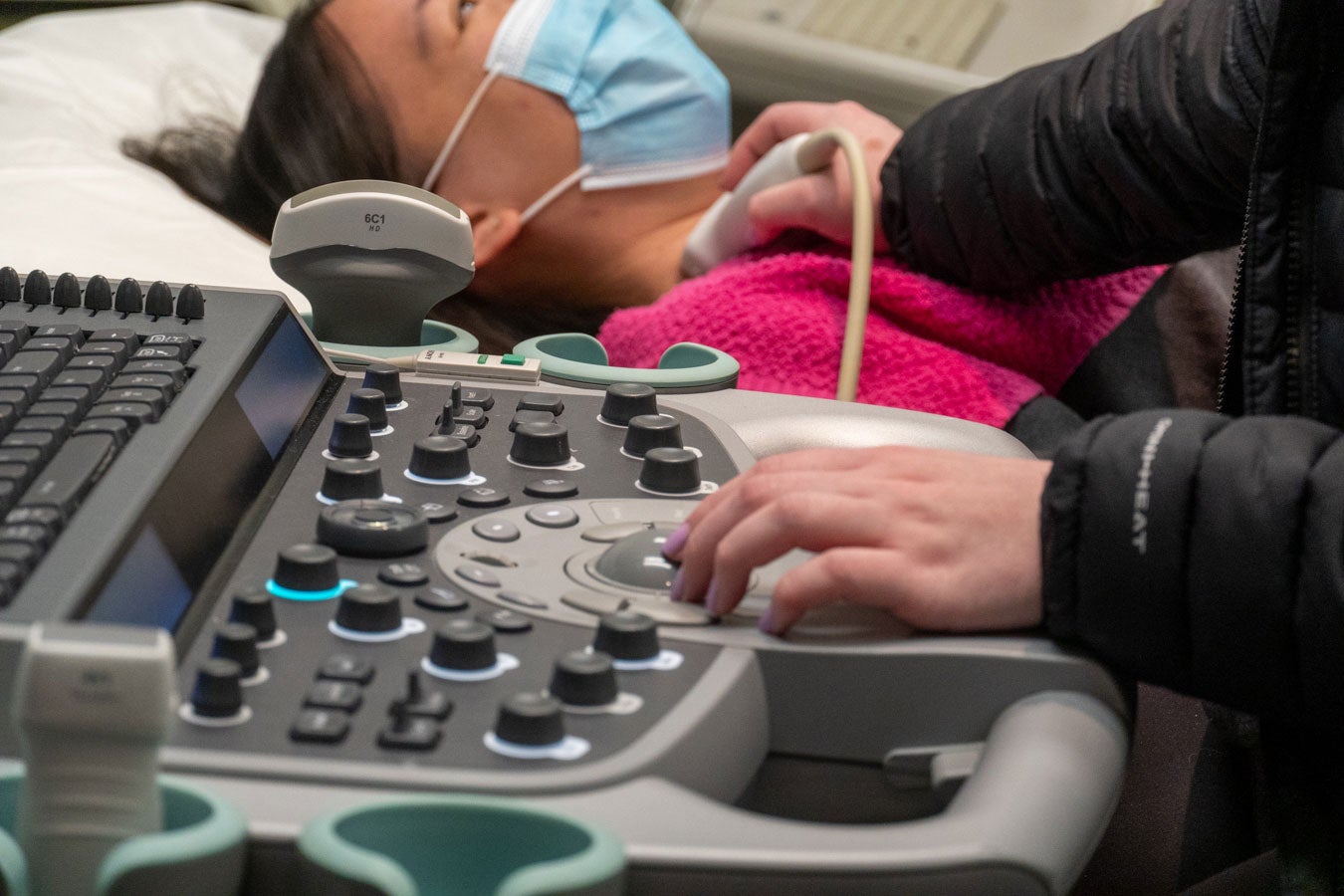
The Department of Radiologic Sciences within Boise State’s School of Allied Health Sciences offers undergraduate programs, including an online bachelor’s degree in imaging sciences (professionals from all over the country with a prior associate’s degree enroll in this program); bachelor’s degrees in computed tomography, diagnostic medical sonography, diagnostic radiology and magnetic resonance imaging; and certificates in computed tomography, diagnostic medical sonography and magnetic resonance imaging. All clinical programs lead to eligibility for credentialing.
Seven full-time faculty members, several adjunct faculty and two administrative staff members currently support the bachelor degree and certificate programs, four of which take place on the Boise campus. A student can start with no background in health care and become a radiologic technologist within four years. Credentialed professionals may complete their bachelor degree or an advanced imaging certificate program within one to three semesters, depending on the modality of choice.
With the recent state board approval, the department will now also offer an online advanced medical imaging bachelor degree. This program will permit students to complete coursework online or on campus; program directors will work with each student to identify local-to-the-student facilities where they can complete their clinical requirements.
Current options within this degree plan include interventional cardiology, interventional radiology, computed tomography, diagnostic medical sonography, and magnetic resonance imaging.
The degree plan is intended for credentialed professionals in the field looking to change the modality or field in which they work, and Boise State expects the new option will attract students from across the country.
The state also recently approved programming adjustments making possible new online and on-campus certificates in interventional radiology and interventional cardiology. There will be on-campus components if students choose to visit campus, students may register to attend remotely and students may also register to attend class online, providing a “choose your own experience” feature with synchronous and asynchronous learning opportunities. The expanded options will open to students in the fall of 2022.